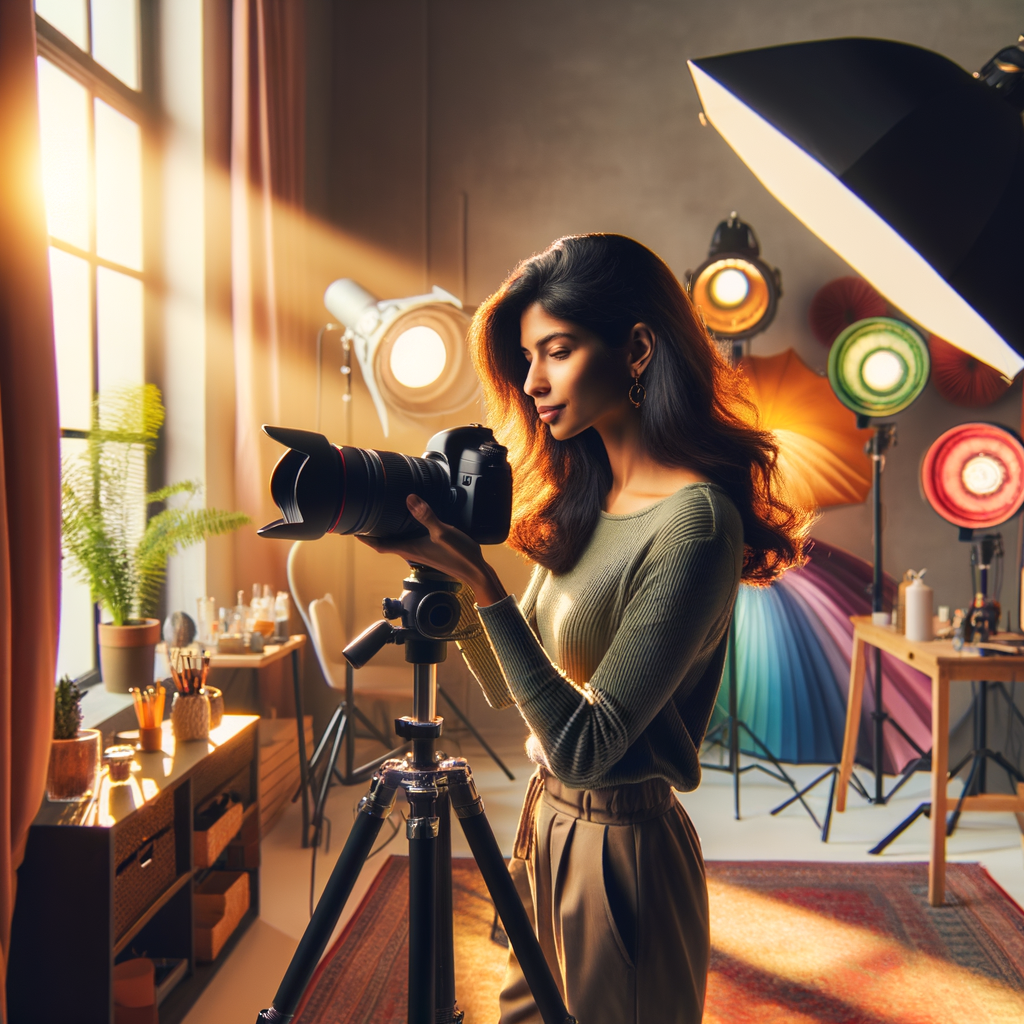
One of the most important aspects of photography is lighting. It can completely change the atmosphere of a shot and highlight details that might otherwise go unnoticed. In this article, we will explore the secrets of perfect lighting for photography, starting from natural light to artificial sources. We will learn how different types of lighting affect mood and atmosphere, as well as how to use them to achieve the best results in your work.
Introduction to Lighting
Lighting is the foundation of any photograph. Understanding how light influences an image allows the photographer to approach each shot with greater awareness. The secrets of lighting can be divided into two main categories: natural and artificial lighting. Each of these types has its characteristics that must be considered during shooting.
Natural Lighting
Natural light is the light that comes from the sun. It can vary depending on the time of day, weather conditions, and surroundings. Morning and evening sunlight is known as the “golden hour,” when the light is best for portraits and landscapes.
To make use of natural lighting, photographers often work with reflectors and diffusers. These tools help soften and evenly distribute the light. Reflectors, for example, can bounce sunlight onto the subject, creating more appealing lighting.
Artificial Lighting
Artificial lighting is light generated by lamps and other light sources. It gives the photographer more control over shooting conditions, which is especially useful in low-light situations.
There are several types of artificial lighting, including strobes, continuous lights, and LEDs. Each of these light sources has its advantages and disadvantages. For example, strobes are known for their power and ability to freeze motion, while continuous lights allow you to see how the light impacts the frame in real time.
Lighting Techniques
One of the key aspects of working with lighting is understanding its direction. Light direction can greatly impact the texture and volume of the subject. For example, front lighting creates smooth shadows, while side lighting highlights textures and forms. It's also important to consider the color temperature of the light: warm light (associated with yellow and orange tones) creates a warm, friendly atmosphere, while cool light (blue tones) can be used to create a dramatic effect.
Lighting and Composition
Light also plays an important role in the composition of your photographs. Using light to highlight key elements in the frame will make the image more dynamic. For example, you can apply the rule of thirds to place the subject at one of the intersections of lines and then use light to draw attention to that subject.
Conclusion
In conclusion, understanding the basics of lighting in photography will help you create higher quality and more expressive images. Don’t hesitate to experiment with different light sources, their direction, and color. Remember, lighting is not just a tool; it is a powerful way to convey mood and emotion through your work.


